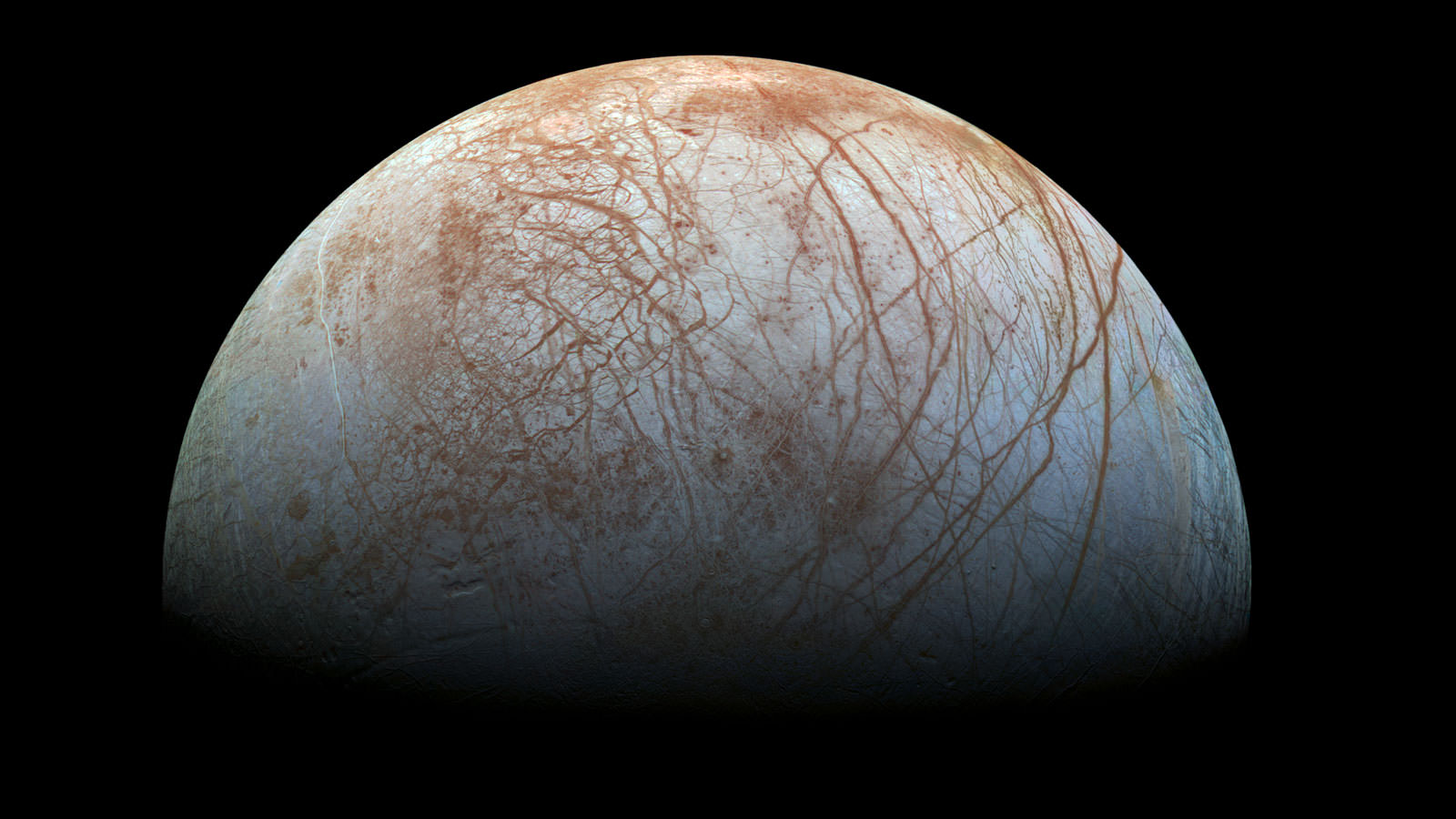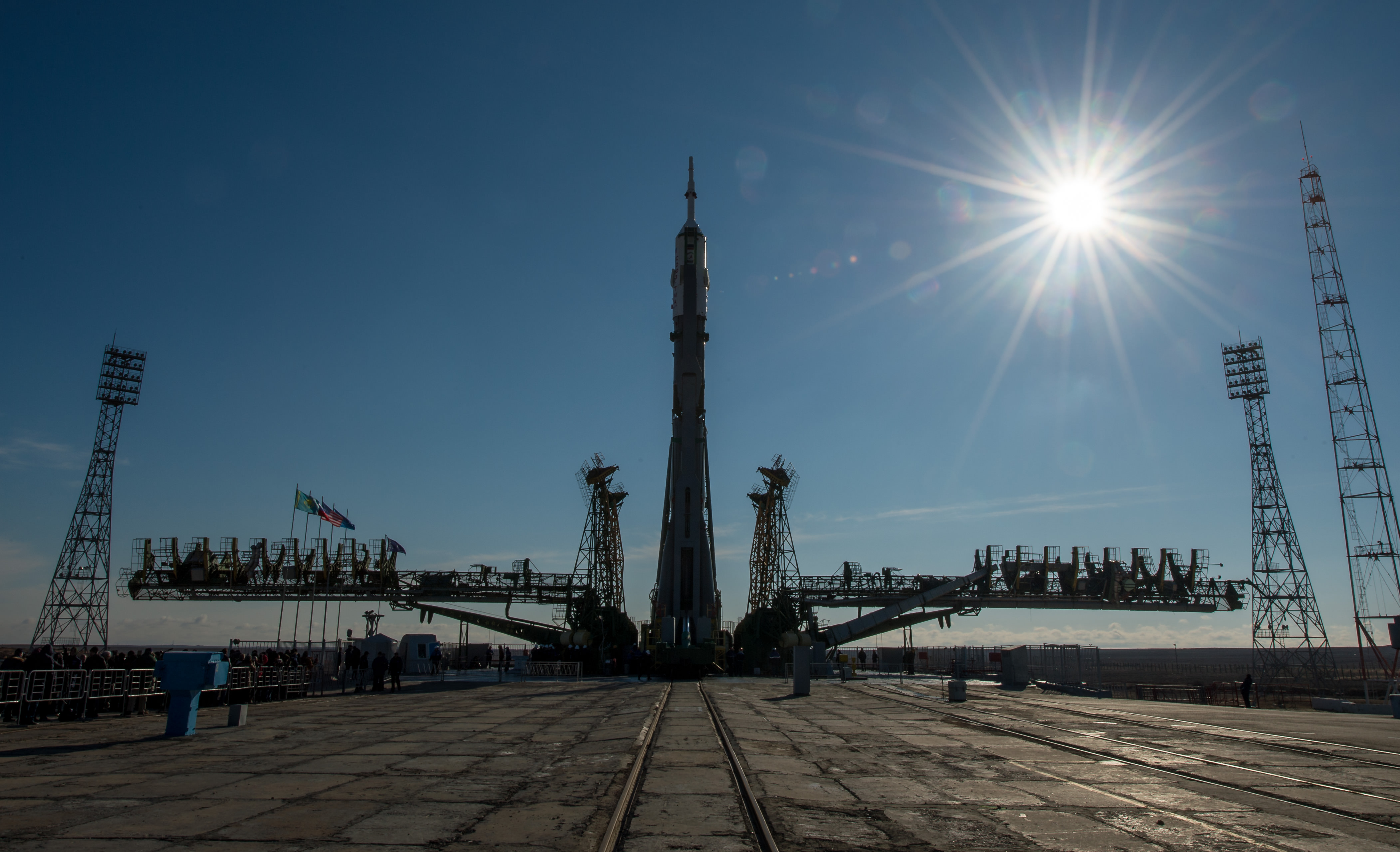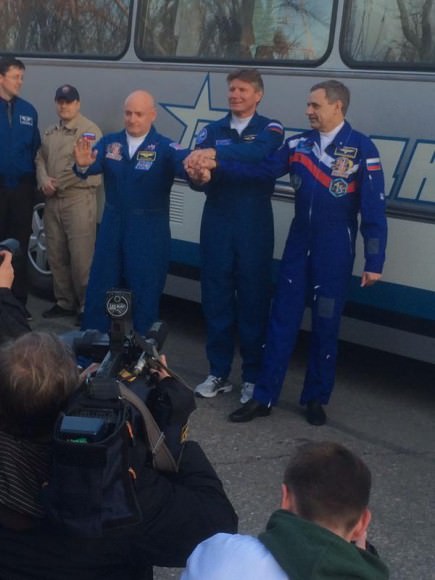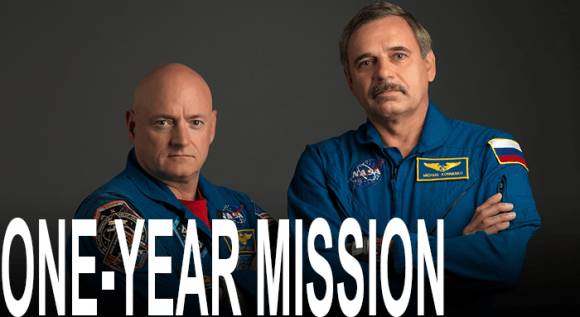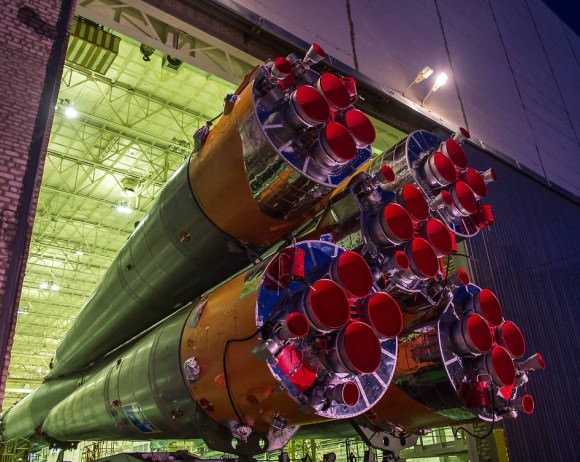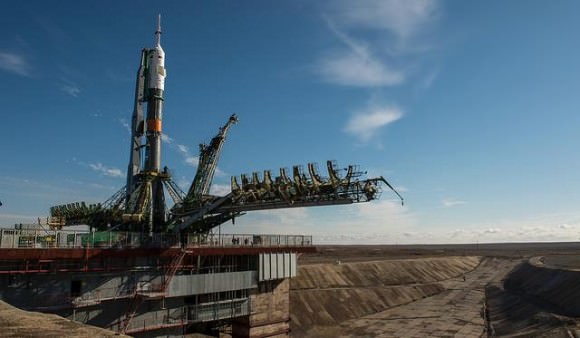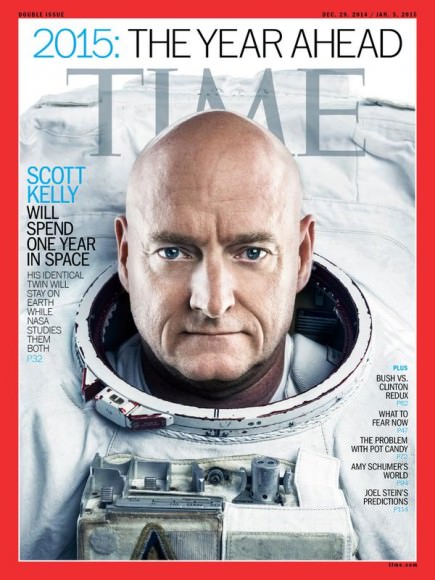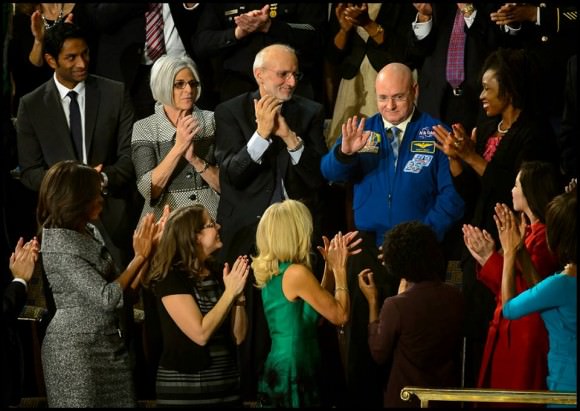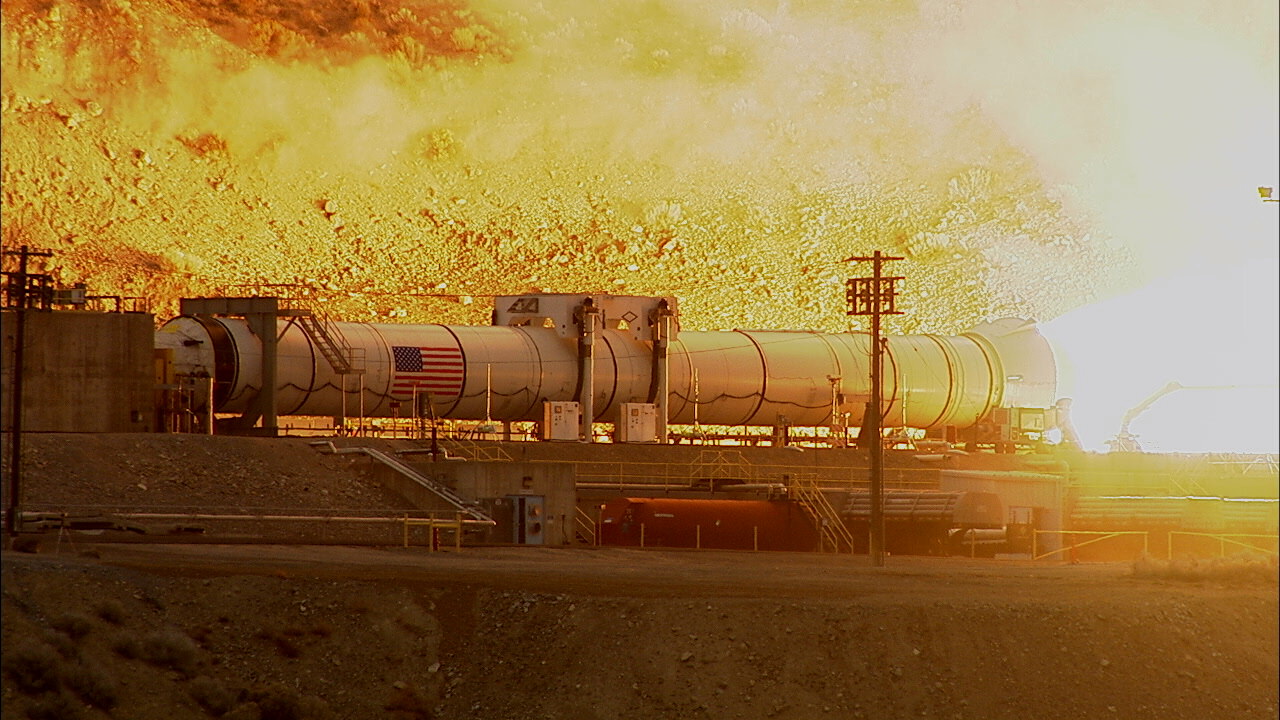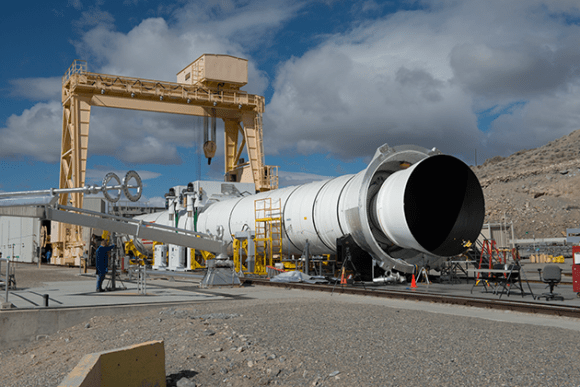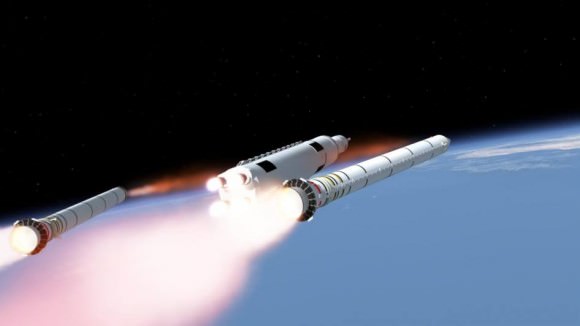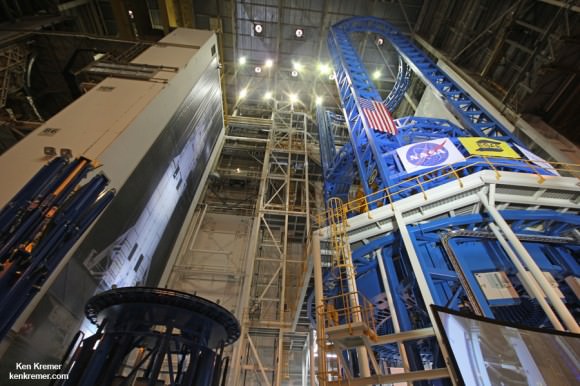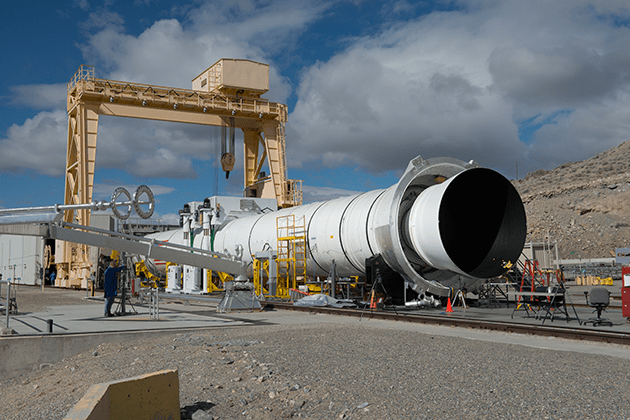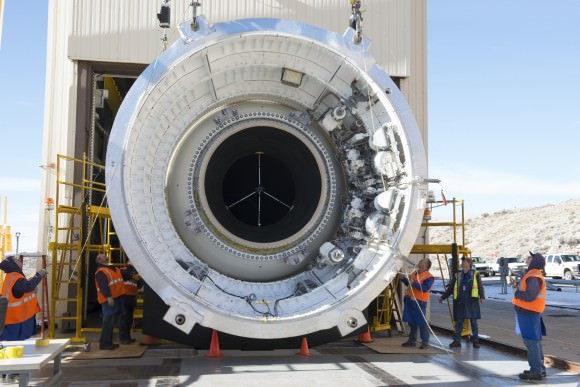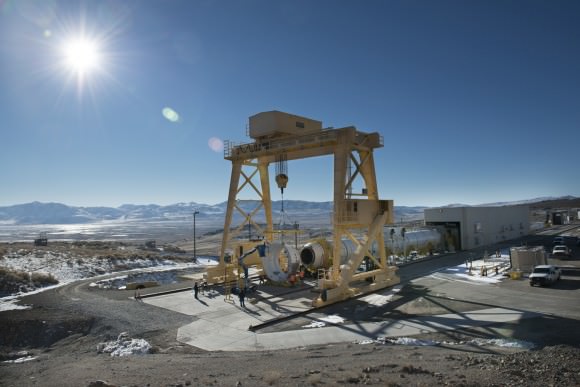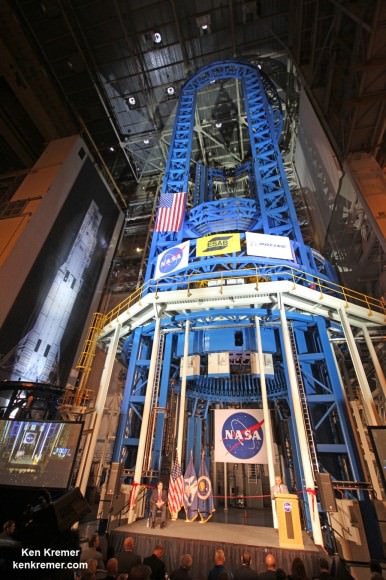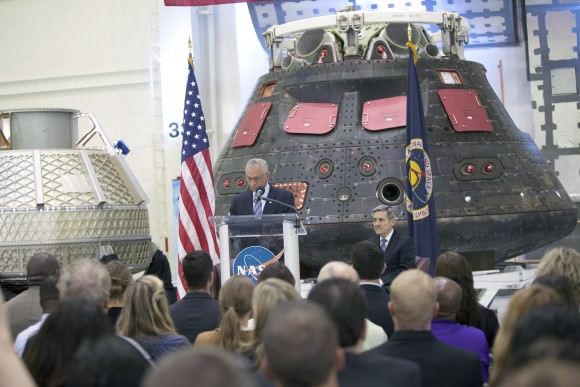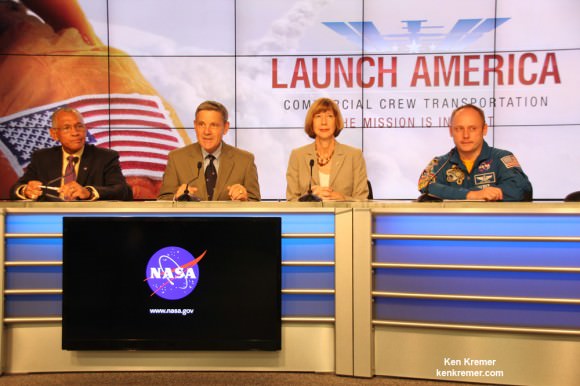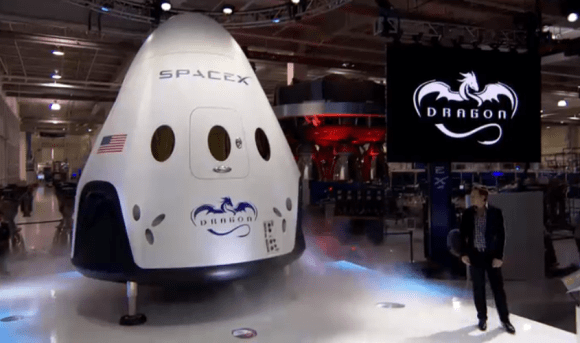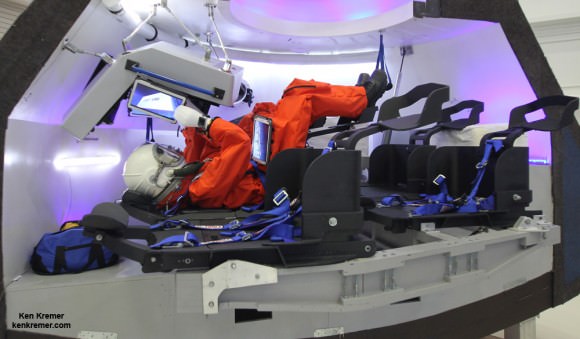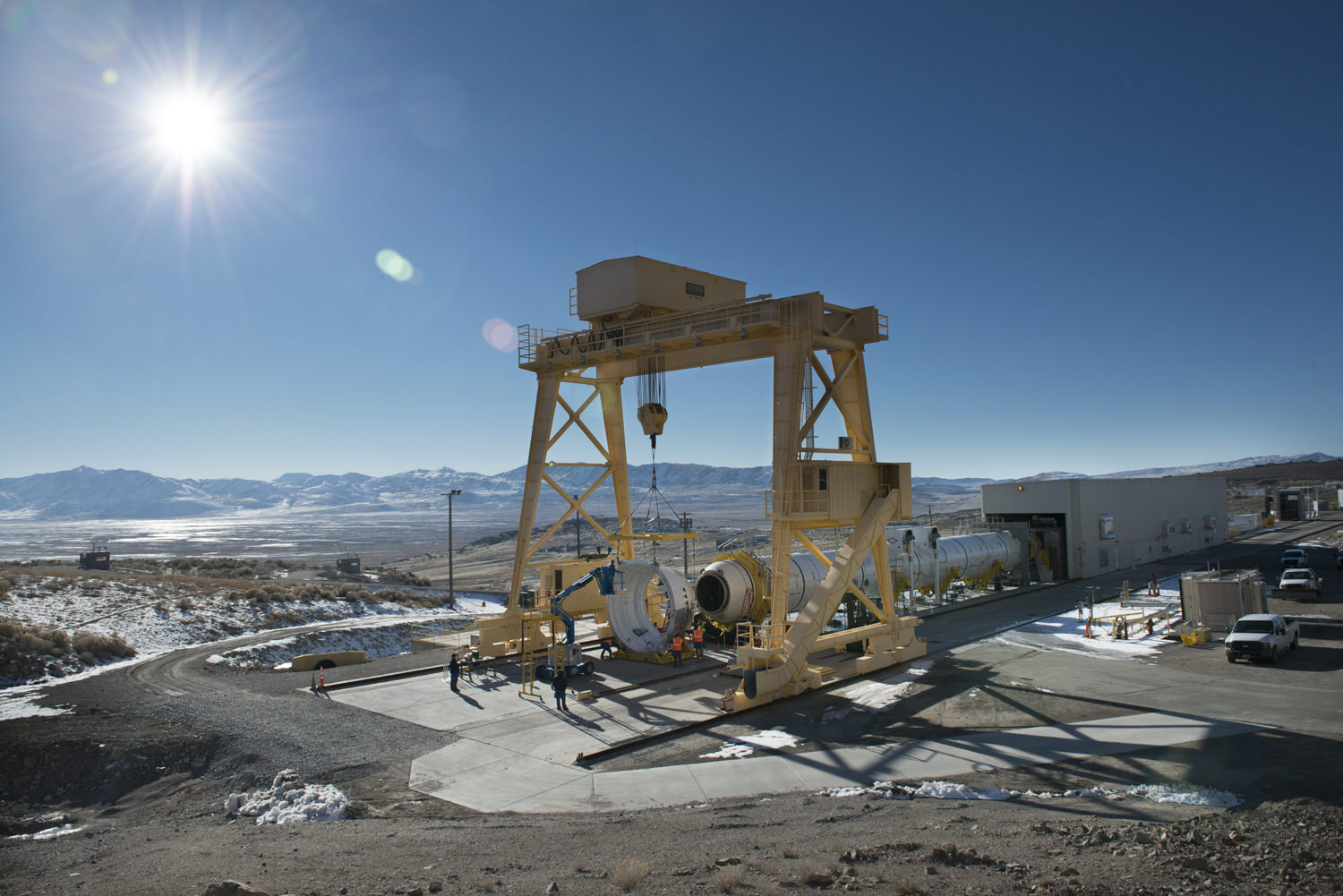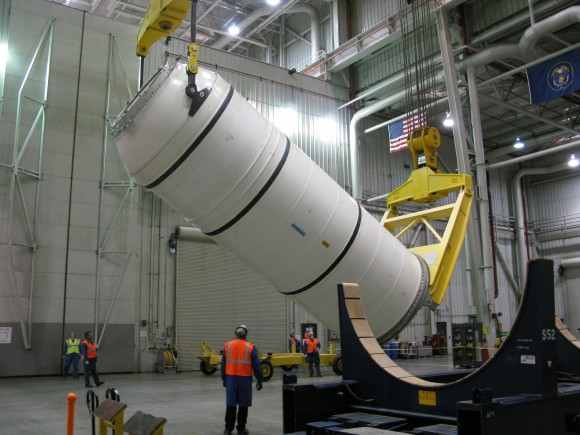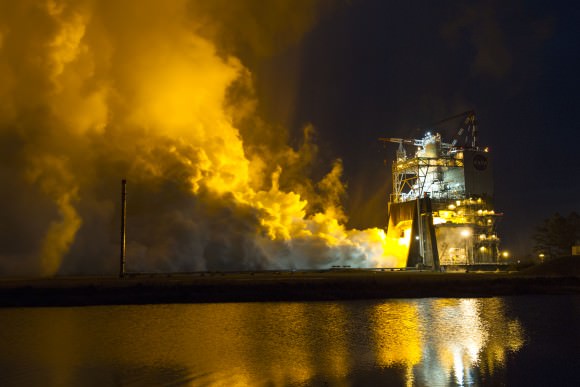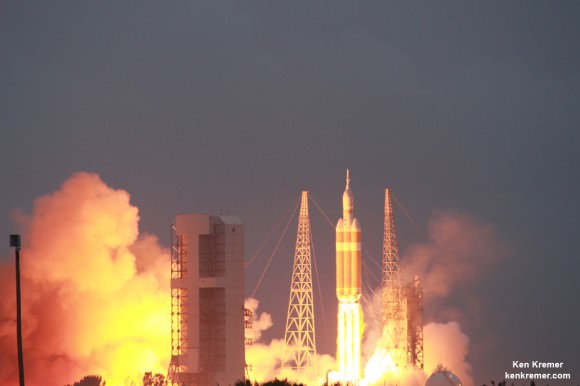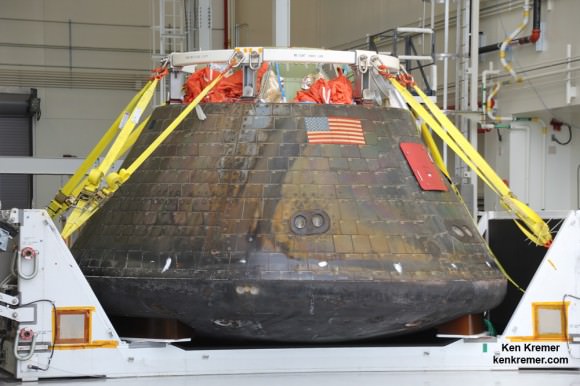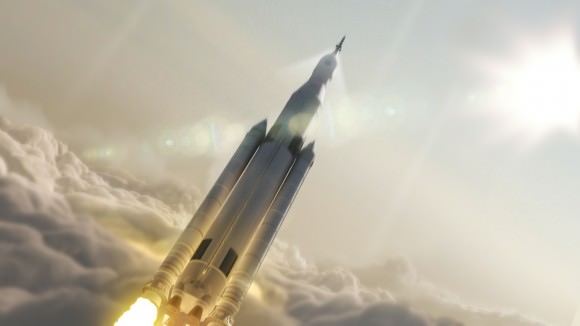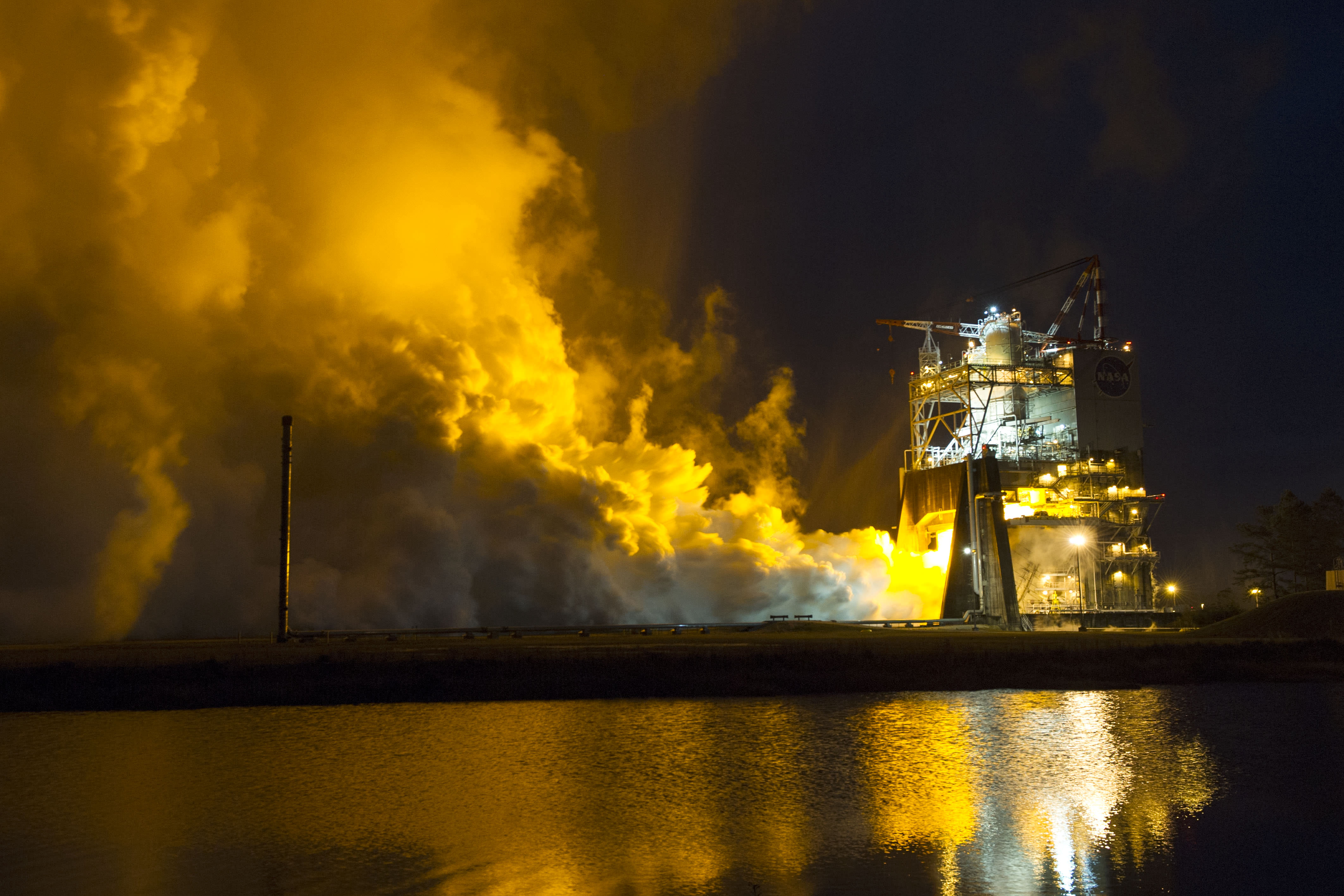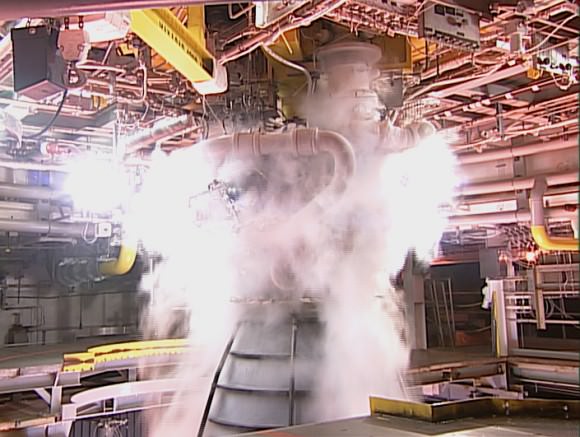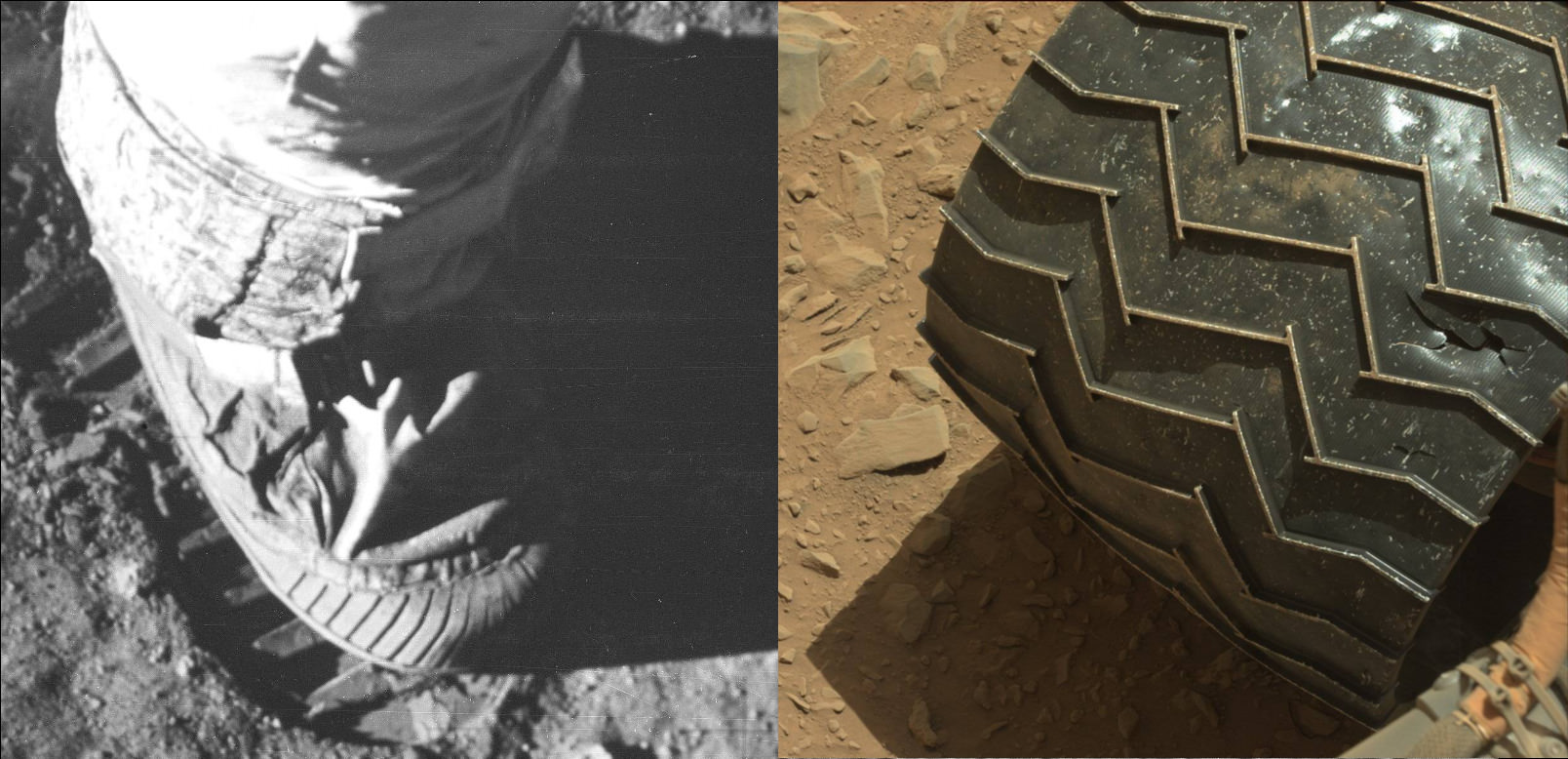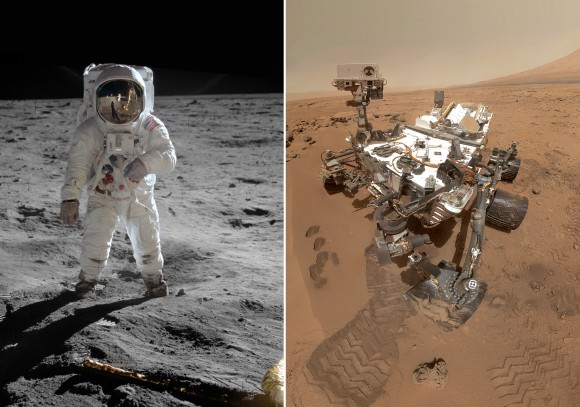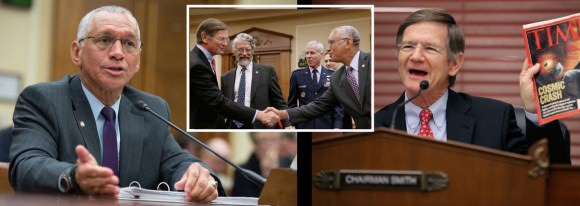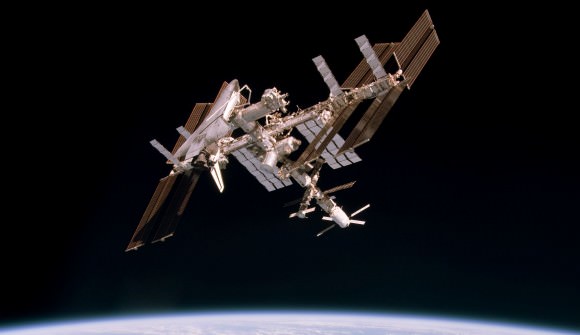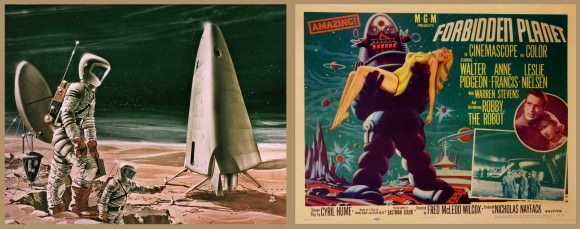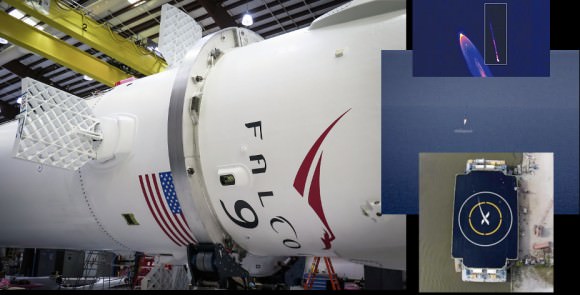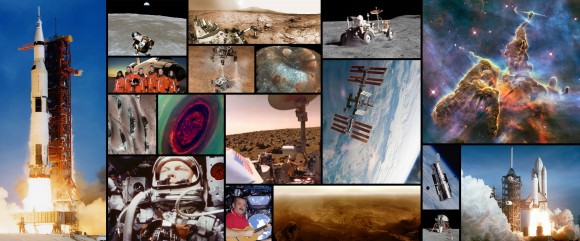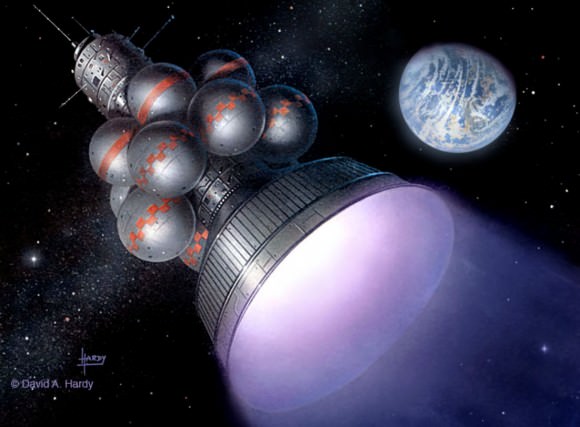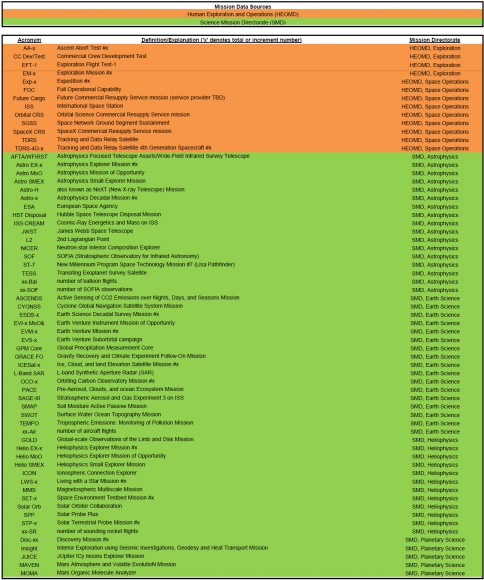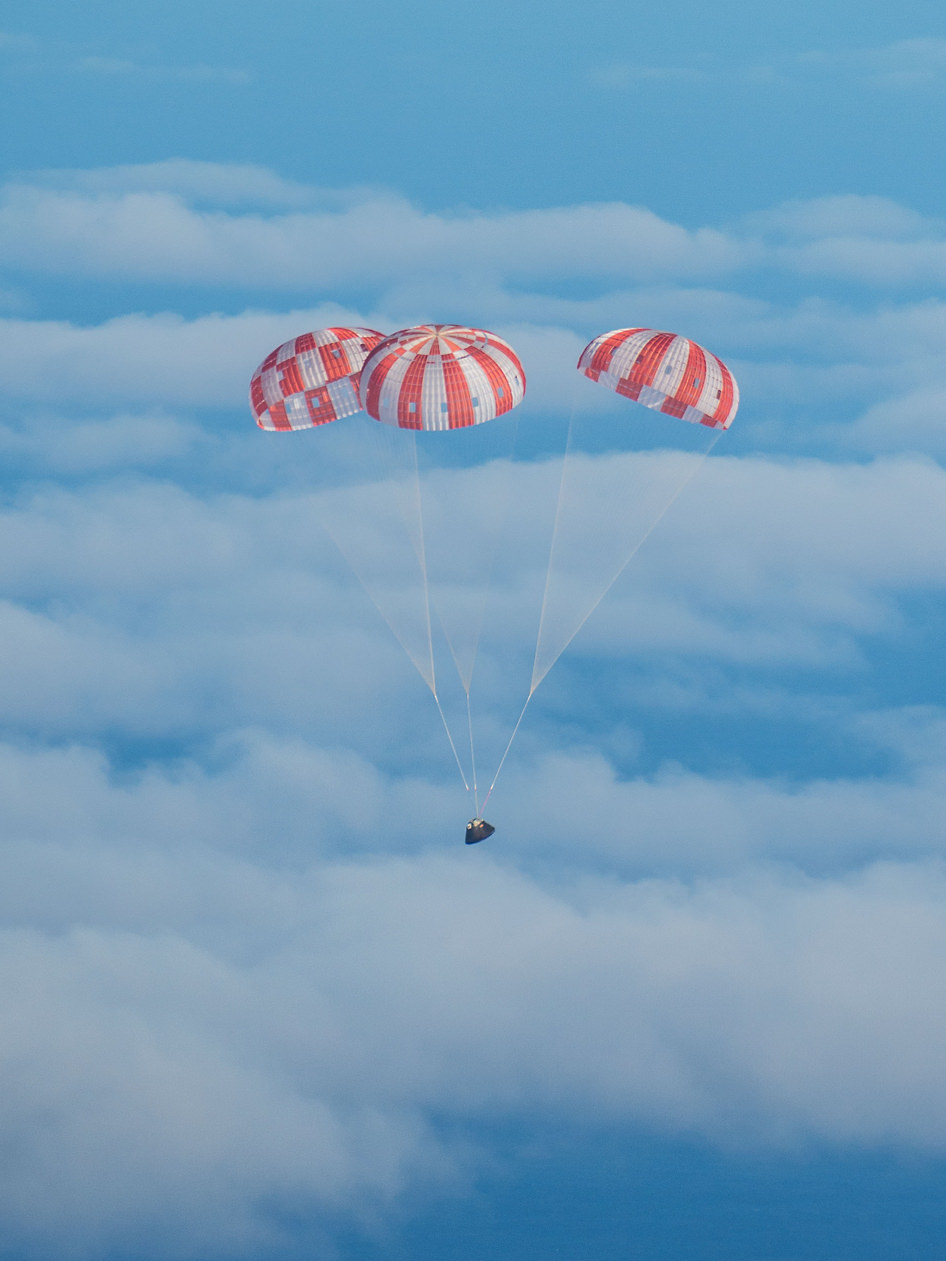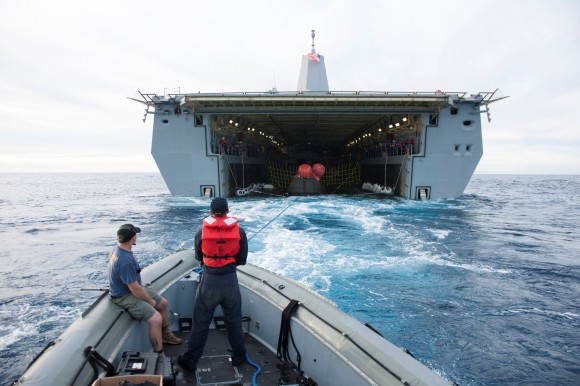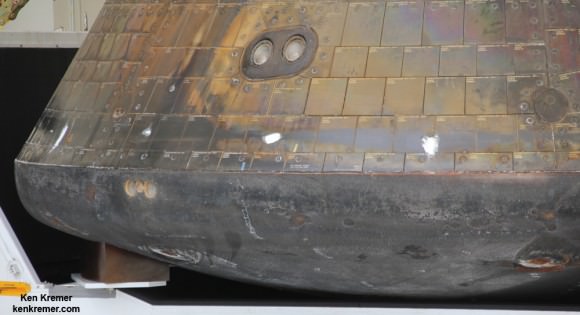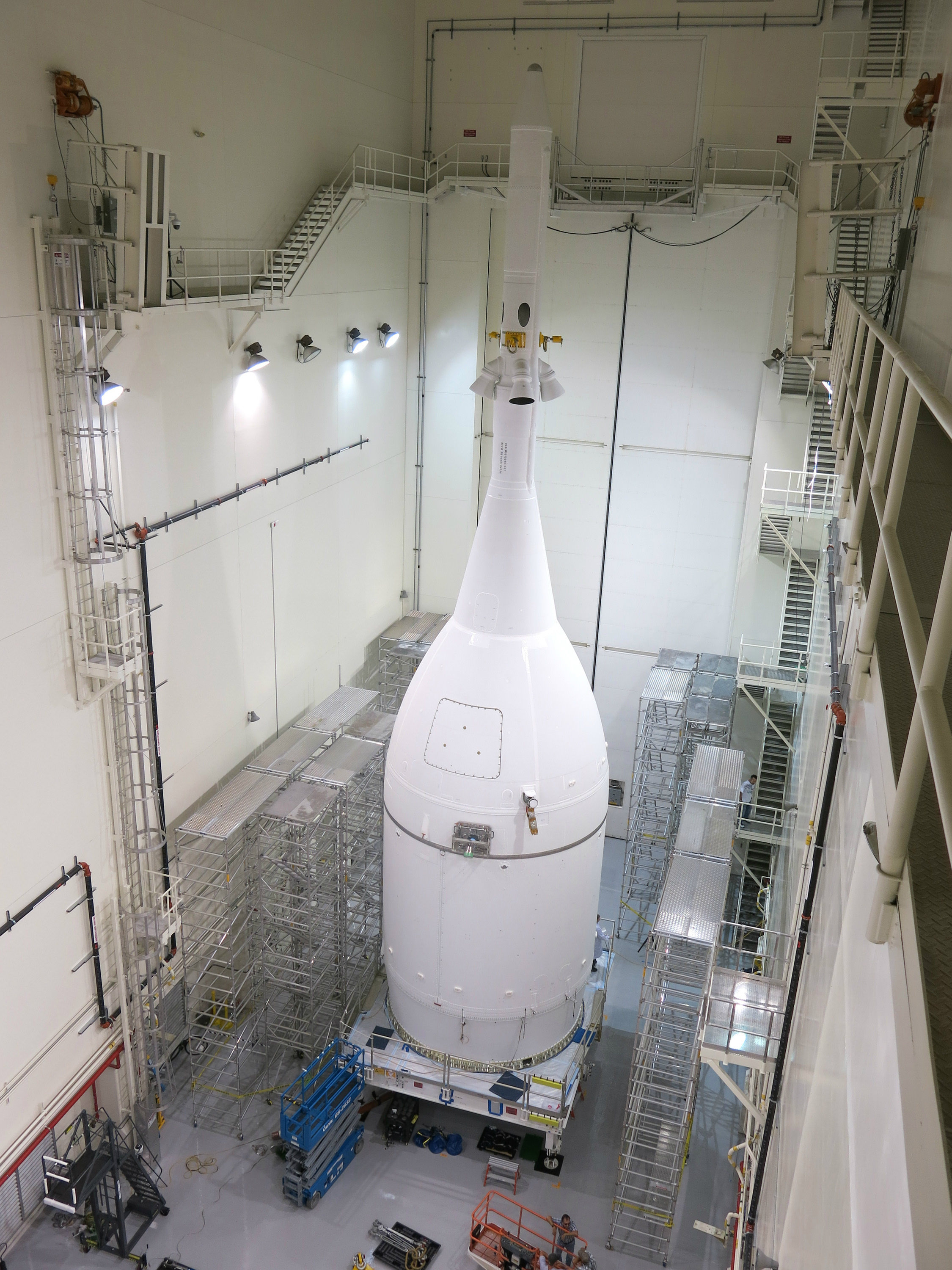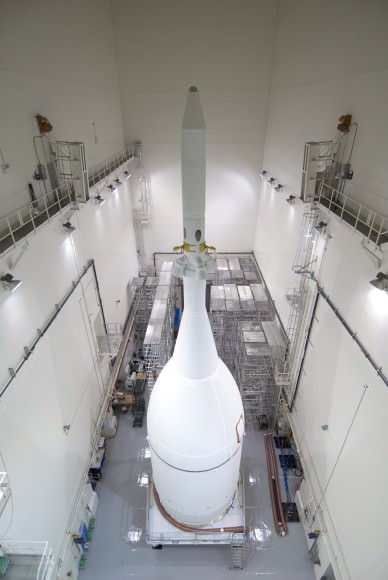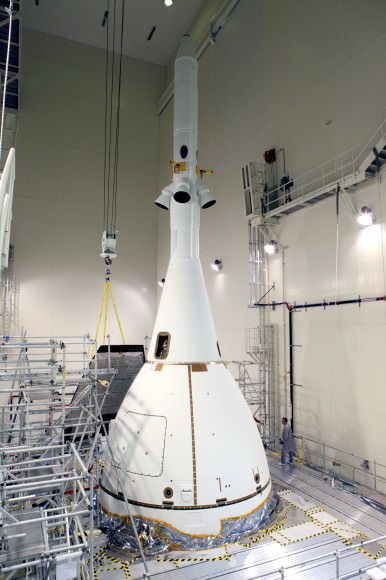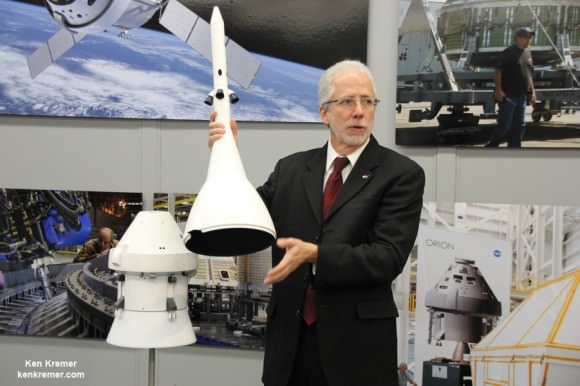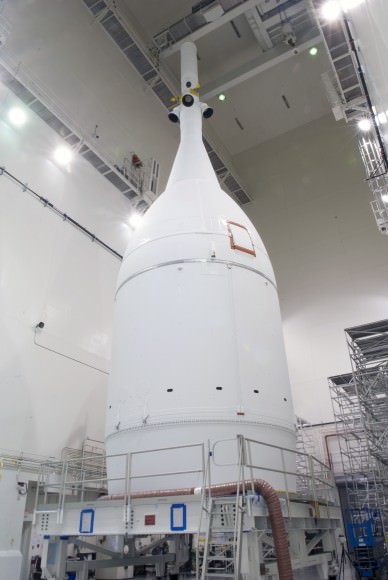In a major move forward on a long dreamed of mission to investigate the habitability of the subsurface ocean of Jupiter’s mysterious moon Europa, top NASA officials announced today, Tuesday, May 26, the selection of nine science instruments that will fly on the agency’s long awaited planetary science mission to an intriguing world that many scientists suspect could support life.
“We are on our way to Europa,” proclaimed John Grunsfeld, associate administrator for NASA’s Science Mission Directorate in Washington, at a media briefing today outlining NASA’s plans for a mission dedicated to launching in the early to mid-2020s. “It’s a mission to inspire.”
“We are trying to answer big questions. Are we alone?”
“The young surface seems to be in contact with an undersea ocean.”
The Europa mission goal is to investigate whether the tantalizing icy Jovian moon, similar in size to Earth’s moon, could harbor conditions suitable for the evolution and sustainability of life in the suspected ocean.
It will be equipped with high resolution cameras, radar and spectrometers, several generations beyond anything before to map the surface in unprecedented detail and determine the moon’s composition and subsurface character. And it will search for subsurface lakes and seek to sample erupting vapor plumes like those occurring today on Saturn’s tiny moon Enceladus.
“Europa has tantalized us with its enigmatic icy surface and evidence of a vast ocean, following the amazing data from 11 flybys of the Galileo spacecraft over a decade ago and recent Hubble observations suggesting plumes of water shooting out from the moon,” says Grunsfeld.
“We’re excited about the potential of this new mission and these instruments to unravel the mysteries of Europa in our quest to find evidence of life beyond Earth.”
Planetary scientists have long desired a speedy return on Europa, ever since the groundbreaking discoveries of NASA’s Galileo Jupiter orbiter in the 1990s showed that the alien world possessed a substantial and deep subsurface ocean beneath an icy shell that appears to interact with and alter the surface in recent times.

NASA’s Europa mission would blastoff perhaps as soon as 2022, depending on the budget allocation and rocket selection, whose candidates include the heavy lift Space Launch System (SLS).
The solar powered probe will go into orbit around Jupiter for a three year mission.
“The mission concept is that it will conduct multiple flyby’s of Europa,” said Jim Green. director, Planetary Science Division, NASA Headquarters, during the briefing.
“The purpose is to determine if Europa is a habitable place. It shows few craters, a brown gum on the surface and cracks where the subsurface meet the surface. There may be organics and nutrients among the discoloration at the surface.”
Europa is at or near the top of the list for most likely places in our solar system that could support life. Mars is also near the top of the list and currently being explored by a fleet of NASA robotic probes including surface rovers Curiosity and Opportunity.
“Europa is one of those critical areas where we believe that the environment is just perfect for potential development of life,” said Green. “This mission will be that step that helps us understand that environment and hopefully give us an indication of how habitable the environment could be.”
The exact thickness of Europa’s ice shell and extent of its subsurface ocean is not known.
The ice shell thickness has been inferred by some scientists to be perhaps only 5 to 10 kilometers thick based on data from Galileo, the Hubble Space Telescope, a Cassini flyby and other ground and space based observations.
The global ocean might be twice the volume of all of Earth’s water. Research indicates that it is salty, may possess organics, and has a rocky sea floor. Tidal heating from Jupiter could provide the energy for mixing and chemical reactions, supplemented by undersea volcanoes spewing heat and minerals to support living creatures, if they exist.
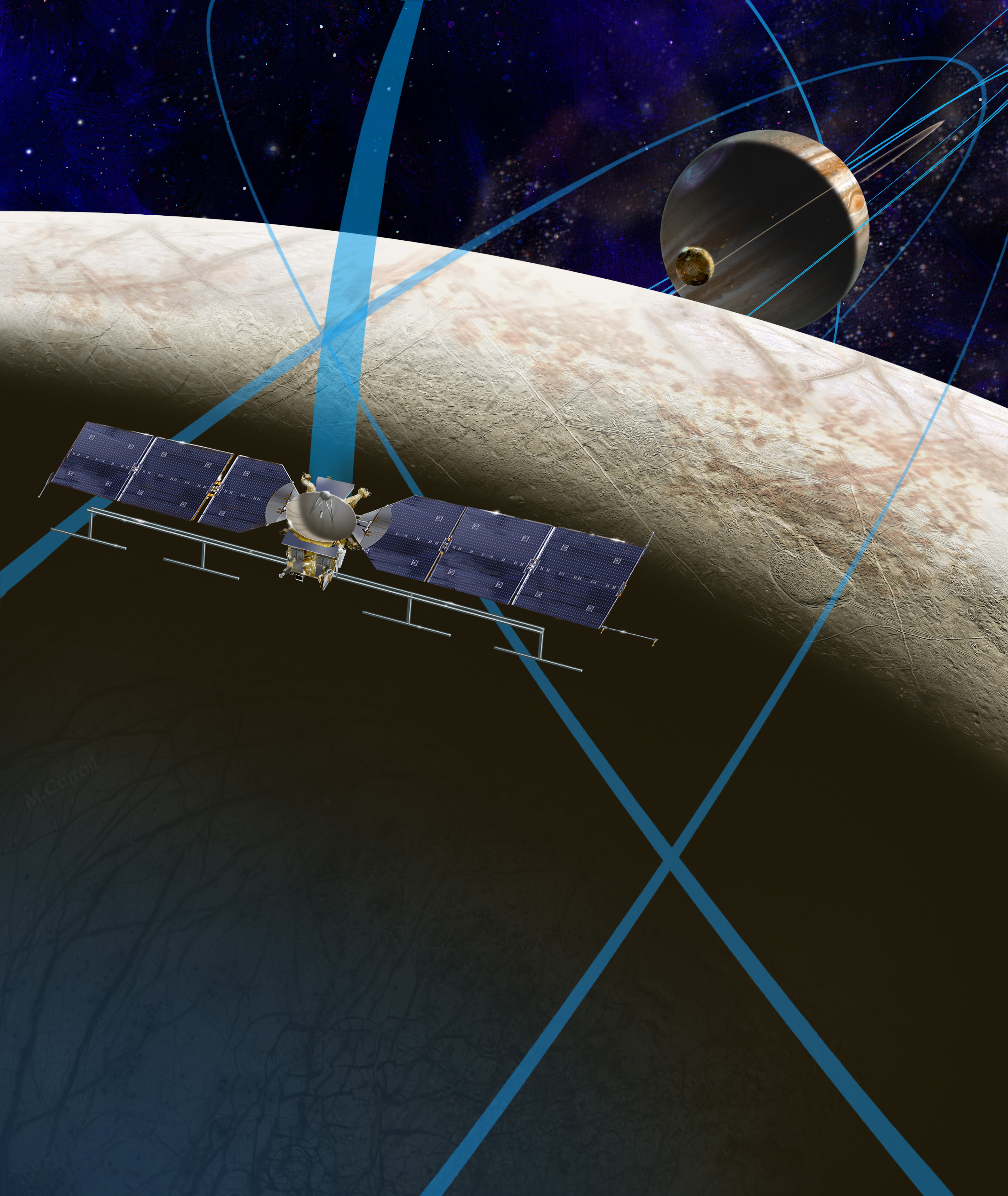
“Europa could be the best place in the solar system to look for present day life beyond our home planet,” says NASA officials.
The instruments chosen today by NASA will help answer the question of habitability, but they are not life detection instruments in and of themselves. That would require a follow on mission.
“They could find indications of life, but they’re not life detectors,” said Curt Niebur, Europa program scientist at NASA Headquarters in Washington. “We currently don’t even have consensus in the scientific community as to what we would measure that would tell everybody with confidence this thing you’re looking at is alive. Building a life detector is incredibly difficult.”
‘During the three year mission, the orbiter will conduct 45 close flyby’s of Europa,” Niebur told Universe Today. “These will occur about every two to three weeks.”
The close flyby’s will vary in altitude from 16 miles to 1,700 miles (25 kilometers to 2,700 kilometers).
“The mass spectrometer has a range of 1 to 2000 daltons, Niebur told me. “That’s a much wider range than Cassini. However there will be no means aboard to determine chirality.” The presence of Chiral compounds could be an indicator of life.
Right now the Europa mission is in the formulation stage with a budget of about $10 million this year and $30 Million in 2016. Over the next three years the mission concept will be defined.
The mission is expected to cost in the range of at least $2 Billion or more.
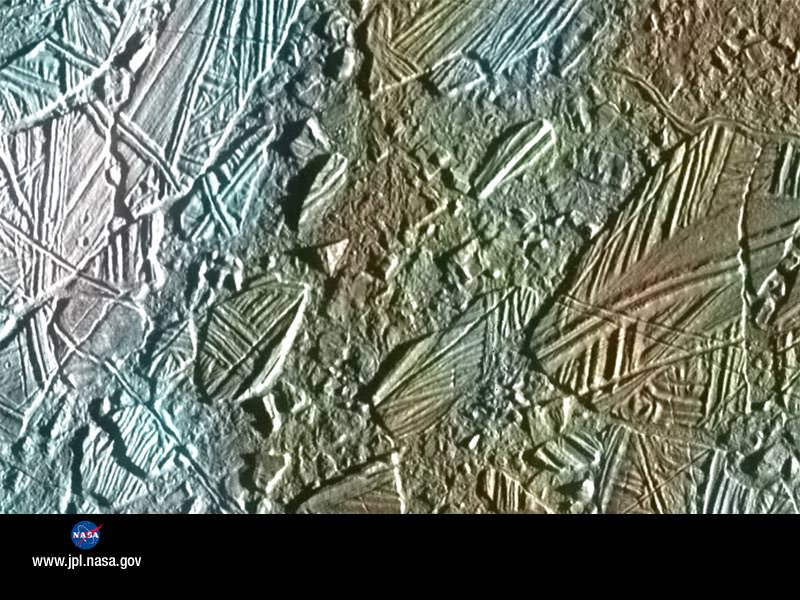
Here’s a NASA description of the 9 instruments selected:
Plasma Instrument for Magnetic Sounding (PIMS) — principal investigator Dr. Joseph Westlake of Johns Hopkins Applied Physics Laboratory (APL), Laurel, Maryland. This instrument works in conjunction with a magnetometer and is key to determining Europa’s ice shell thickness, ocean depth, and salinity by correcting the magnetic induction signal for plasma currents around Europa.
Interior Characterization of Europa using Magnetometry (ICEMAG) — principal investigator Dr. Carol Raymond of NASA’s Jet Propulsion Laboratory (JPL), Pasadena, California. This magnetometer will measure the magnetic field near Europa and – in conjunction with the PIMS instrument – infer the location, thickness and salinity of Europa’s subsurface ocean using multi-frequency electromagnetic sounding.
Mapping Imaging Spectrometer for Europa (MISE) — principal investigator Dr. Diana Blaney of JPL. This instrument will probe the composition of Europa, identifying and mapping the distributions of organics, salts, acid hydrates, water ice phases, and other materials to determine the habitability of Europa’s ocean.
Europa Imaging System (EIS) — principal investigator Dr. Elizabeth Turtle of APL. The wide and narrow angle cameras on this instrument will map most of Europa at 50 meter (164 foot) resolution, and will provide images of areas of Europa’s surface at up to 100 times higher resolution.
Radar for Europa Assessment and Sounding: Ocean to Near-surface (REASON) — principal investigator Dr. Donald Blankenship of the University of Texas, Austin. This dual-frequency ice penetrating radar instrument is designed to characterize and sound Europa’s icy crust from the near-surface to the ocean, revealing the hidden structure of Europa’s ice shell and potential water within.
Europa Thermal Emission Imaging System (E-THEMIS) — principal investigator Dr. Philip Christensen of Arizona State University, Tempe. This “heat detector” will provide high spatial resolution, multi-spectral thermal imaging of Europa to help detect active sites, such as potential vents erupting plumes of water into space.
MAss SPectrometer for Planetary EXploration/Europa (MASPEX) — principal investigator Dr. Jack (Hunter) Waite of the Southwest Research Institute (SwRI), San Antonio. This instrument will determine the composition of the surface and subsurface ocean by measuring Europa’s extremely tenuous atmosphere and any surface material ejected into space.
Ultraviolet Spectrograph/Europa (UVS) — principal investigator Dr. Kurt Retherford of SwRI. This instrument will adopt the same technique used by the Hubble Space Telescope to detect the likely presence of water plumes erupting from Europa’s surface. UVS will be able to detect small plumes and will provide valuable data about the composition and dynamics of the moon’s rarefied atmosphere.
SUrface Dust Mass Analyzer (SUDA) — principal investigator Dr. Sascha Kempf of the University of Colorado, Boulder. This instrument will measure the composition of small, solid particles ejected from Europa, providing the opportunity to directly sample the surface and potential plumes on low-altitude flybys.
Stay tuned here for Ken’s continuing Earth and planetary science and human spaceflight news.

